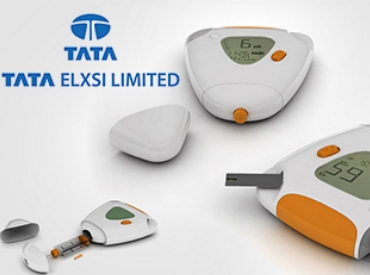Greek researchers have developed a new approach to working out heart attack risk using artificial intelligence. It could allow doctors to provide patients with a personal risk factor and so advise on lifestyle changes or medication to lower their risk. The study is published this month in the inaugural issue of the International Journal of Knowledge Engineering and Soft Data Paradigms[1]. It is well known that lifestyle factors including depression, education, smoking, diet, and obesity, play a part in the risk of cardiovascular disease. However, epidemiologists who study how health risks vary through populations have not found a way to extrapolate from such broad studies to individual risk levels. Now, Hara Kostakis of the TEI Piraeus Research Centre, in Methonis, Greece, and colleagues have investigated patterns of cardiovascular risk factors in a large population. They obtained data for almost 1000 patients enrolled in the CARDIO 2000 study who had been hospitalised with the first symptoms of acute coronary syndrome (ACS). They recorded details of body mass index, family history, physical activity, high blood pressure, high cholesterol, and diabetes. They then matched the data against healthy individuals as a scientific control. Rather then using conventional methods for analysing statistics, the researchers used online analytical processing (OLAP), an approach borrowed from the field of artificial intelligence. OLAP was developed in the early 1990s and was exploited primarily in industrial and commercial applications for financial and marketing analysis. Fundamentally, OLAP provides a multidimensional view of data that allows patterns to be discerned in even the largest datasets that remain invisible even to the most expert user of spreadsheets. In a standard model, sales, purchases, pricing, customer base, and other economic measurements are used. Kostakis and colleagues at the University of Patras have adapted this system to accommodate the risk factors of heart disease. The team points out that the CARDIO2000 study explored the association between several demographic, nutritional, psychological, lifestyle and medical risk factors, but did not necessarily provide epidemiologists and physicians with a way to visualise the results and so provide patients with a personal risk factor based on their particular circumstances. Kostakis and his colleagues add that their approach works much more quickly than conventional statistical analysis, reveals hidden risk factors and associations and makes none of the assumptions of standard approaches to assessing risk of heart attack. “Due to the ease of use of the methodology, a physician has the advantage of easily identifying high-risk patients by simply entering their personal data in the model,” the researchers conclude. They can then advise their patient on lifestyle and psychology. They can also prescribe more appropriate medication depending on the specific risk factors. Reference 1. Hara Kostakis, Basilis Boutsinas, Demosthenes B. Panagiotakos, Leo D. Kounis. A computational algorithm for the risk assessment of developing acute coronary syndromes, using online analytical process methodology. Int. J. Knowledge Engineering and Soft Data Paradigms, 2009, 1, 85-99. DOI:10.1504/IJKESDP.2009.021986. This issue of the journal can be found at: www.inderscience.com/browse/index.php?journalID=276&year=2009&vol=1&issue=1

Be a part of Elets Collaborative Initiatives. Join Us for Upcoming Events and explore business opportunities. Like us on Facebook , connect with us on LinkedIn and follow us on Twitter , Instagram.












